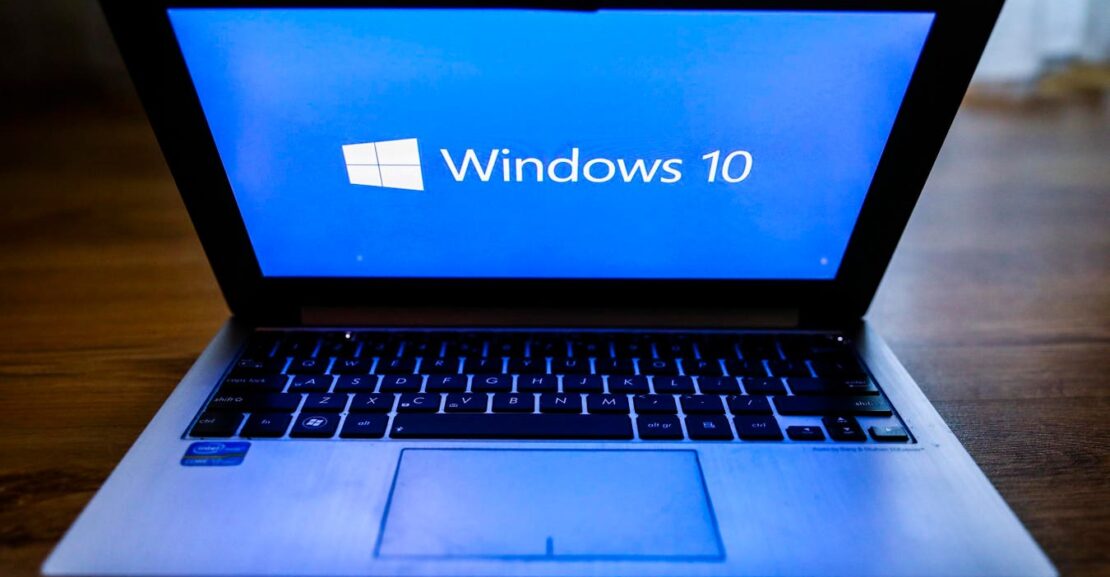Windows 10 is still the world’s most used desktop operating system
There’s now less than six months until Microsoft plans to kill support for Windows 10. There’s just one major problem: it’s still the world’s most used desktop operating system.
Microsoft plans to end free support for Windows 10 on October 14, potentially leaving hundreds of millions, if not billions, of PCs without protection from security threats. Businesses and (for the first time) consumers will be offered the chance to extend support further for a fee, but how many people will be willing to pay upwards of $30 for operating system updates awaits to be seen.
Windows 10’s Enduring Popularity
Only Microsoft knows the true number of Windows 10 machines still ticking in the world, but it’s not a number the company reports publicly. However, third-party analysis says that it’s still more widely used than Windows 11, which was launched in October 2021.
StatCounter – which collates the operating systems used by computers visiting more than 1.5 million websites – reported that Windows 10 was still used on 54.2% of all Windows PCs in March 2025. Windows 11, while starting to climb more rapidly in recent months, remains in second place on 42.7% of all Windows machines.
Windows 11 has overtaken its older sibling in many Western countries, including the U.S.A., the U.K. and Canada. But in parts of Asia and Africa, there’s still an enormous gulf between Windows 10 and Windows 11.
In India, for example, Windows 10 holds strong on 62.1% of all Windows PCs, with Windows 11 only found on 36.2%.
In Nigeria, 64.9% of Windows users remain on Windows 10, and it has even increased its market share slightly in March. Windows 11 usage is below 30% in the country, while just under 5% are still using Windows 7, support for which ended five years ago.
The Most Sticky Version Of Windows Ever
Microsoft has never been in a situation like this before. When Windows 7 left mainstream support in January 2015, it was by far and away the most used operating system, with just over 60% of Windows PCs using the operating system, according to Statcounter. But by the time extended support expired in 2020, it was only on a fifth of all Windows machines.
At the current trajectory, Windows 10 will likely still be on around half of all Windows machines when its extended support deadline expires in October.
Why has Windows 10 proved so enduringly popular? Partly because Microsoft raised the hardware bar quite significantly for Windows 11, with many Windows 10 PCs unable to upgrade to the latest operating system.
Uncertainty over Microsoft’s plans for Windows 12 may also be leaving some consumers and businesses unsure over whether to upgrade to a Windows 11 PC or wait for a new operating system.
Microsoft shocked the entire industry when it abruptly announced Windows 11 in June 2021 and released it that autumn, having previously indicated it wasn’t going to release major new versions of the operating system but continue updating Windows 10 instead. Now nobody’s quite sure if a Windows 12 will be announced later this year, giving users another option before the curtain comes down on Windows 10.
The Windows 10 Security Blanket
Even if Microsoft does stick with its plans to end support in October, Windows 10 users will have the safety net of Extended Support Updates.
For consumers, this means a one-off fee of $30 for a further year’s worth of updates. For businesses, Extended Support Updates will be available for another three years, with a punishing sliding scale of fees that start at $61 for the first year, but double the following year, and then double again in year three.
Third-party security firms will also continue to support Windows 10 beyond the deadline. However, security software can’t plug holes in the operating system itself. All it can do is to continue to ward off viruses and other malware as best it can.
The pinch point will come if a major exploit is discovered in Windows 10 after the support deadline expires. Will Microsoft tough it out, and only offer patches to customers paying for Extended Support Updates? Or will it issue a free, general update to prevent a widespread security problem? It will be a test of nerve for both Windows 10 users and Microsoft alike.

